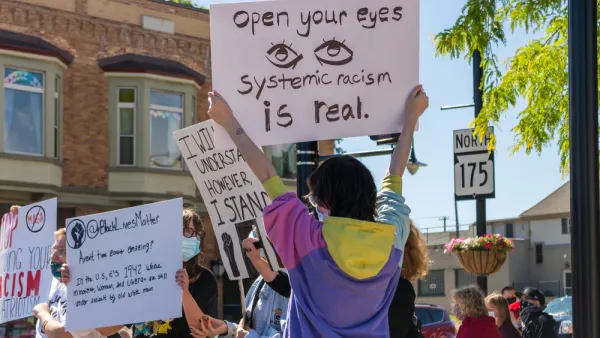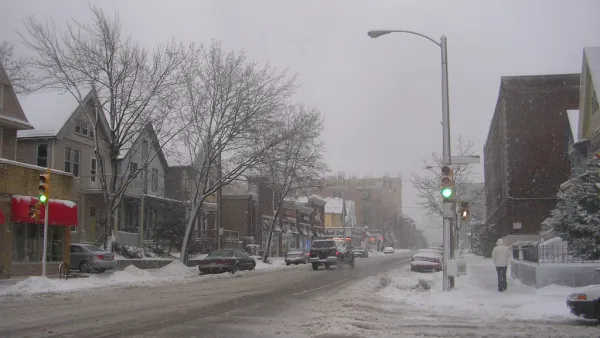The city has plans to increase affordable housing, but some areas are seeing more progress than others.

Susan Nusser reports that Milwaukee’s attempts to deal with a lack of affordable housing is falling short of original goals. Earlier this year, Mayor Tom Barrett presented a plan to build or improve 10,000 units in the next decade. But while development in downtown is bringing a slew of luxury units to the city, progress on the affordable housing front is still lagging, says Nusser.
An issue complicating affordable housing efforts is the concentrations of poverty and foreclosures that resulted from the housing crisis a decade ago. Milwaukee is not alone in facing this challenge, says Nusser:
One of the problems facing cities like Milwaukee—former manufacturing cities that have suffered severe population drops after de-industrialization—are the pockets of concentrated poverty that fail to improve even as other areas recover. As the desirable neighborhoods rebuild after the recession, impoverished ones slip further behind, and deep income disparities result.
This hypervacancy perpetuates a cycle where neighborhoods deteriorate and some people are able to move away while others are forced to stay.
Community advocates say that broader strategies, rather than ones that focus on just on housing policies and programs, are needed to turn these neighborhoods around, keep residents, and attract new ones. “Neighborhood residents are interested in developing cooperative housing and land grants that would give the community some authority over board-ups and vacant lots,” says Nusser.
FULL STORY: Can Milwaukee Really Create 10,000 Affordable Homes?

National Parks Layoffs Will Cause Communities to Lose Billions
Thousands of essential park workers were laid off this week, just before the busy spring break season.

Retro-silient?: America’s First “Eco-burb,” The Woodlands Turns 50
A master-planned community north of Houston offers lessons on green infrastructure and resilient design, but falls short of its founder’s lofty affordability and walkability goals.

Delivering for America Plan Will Downgrade Mail Service in at Least 49.5 Percent of Zip Codes
Republican and Democrat lawmakers criticize the plan for its disproportionate negative impact on rural communities.

Test News Post 1
This is a summary

Test News Headline 46
Test for the image on the front page.

Balancing Bombs and Butterflies: How the National Guard Protects a Rare Species
The National Guard at Fort Indiantown Gap uses GIS technology and land management strategies to balance military training with conservation efforts, ensuring the survival of the rare eastern regal fritillary butterfly.
Urban Design for Planners 1: Software Tools
This six-course series explores essential urban design concepts using open source software and equips planners with the tools they need to participate fully in the urban design process.
Planning for Universal Design
Learn the tools for implementing Universal Design in planning regulations.
EMC Planning Group, Inc.
Planetizen
Planetizen
Mpact (formerly Rail~Volution)
Great Falls Development Authority, Inc.
HUDs Office of Policy Development and Research
NYU Wagner Graduate School of Public Service





























